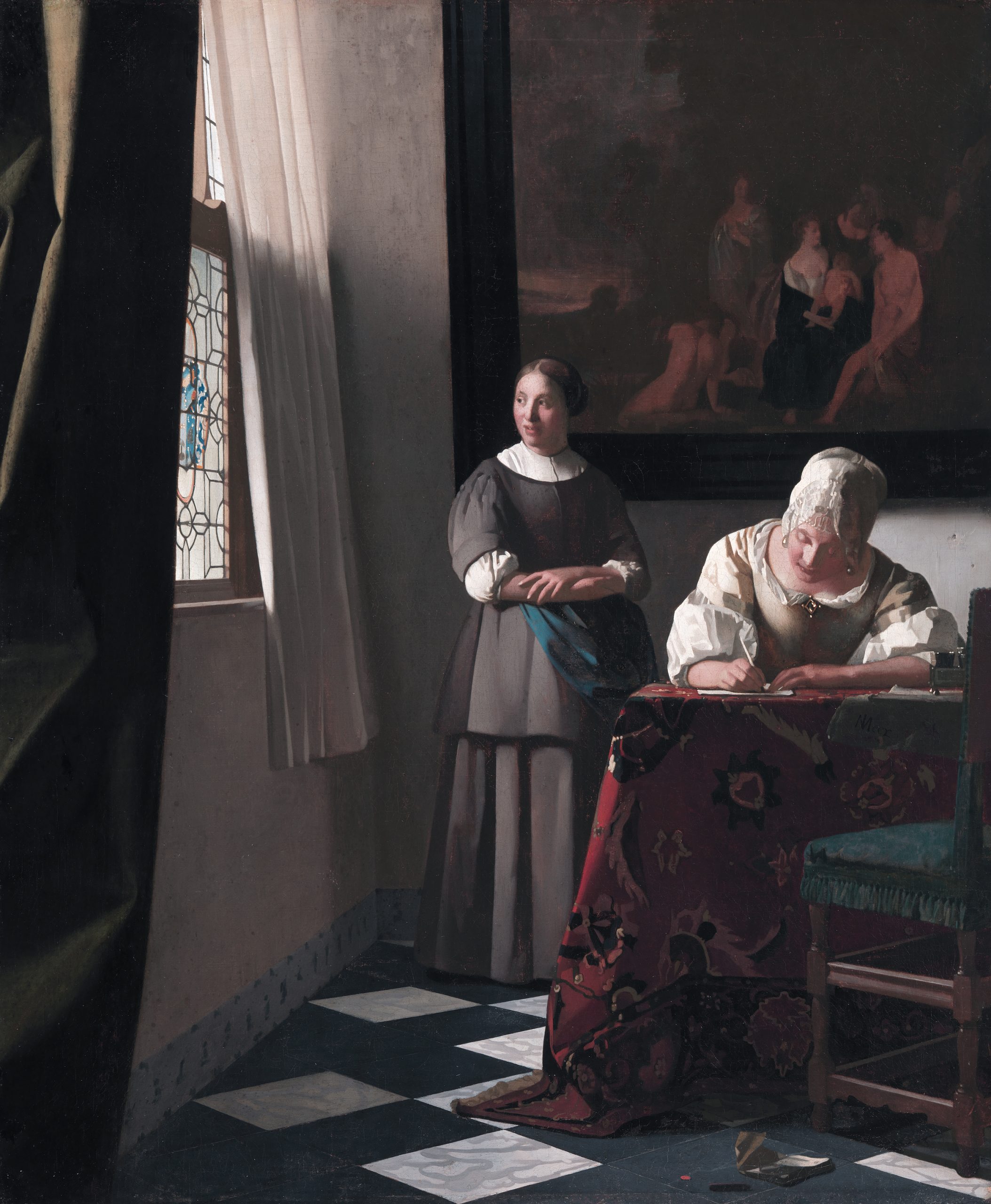
September 28, 2020, by Brigitte Nerlich
Sleepwalking into pandemic polarisation
I was musing about emerging talk of a division between experts when it comes to dealing with Covid-19. This has been in the air for a while but came more to the fore after the publication of two open letters by two groups of experts.
As an article in the British Medical Journal, entitled tellingly ‘Covid-19: Experts divide into two camps of action’, put it: “One group of doctors and academics is calling for segmentation and shielding of the most vulnerable groups of people rather than local or national lockdown measures. However, another group says that the government should continue efforts to suppress the virus across the entire population.” I am not in a position to judge which group is ‘right’, although, from what I can make out, the last group’s view seems to be closer to an emerging scientific consensus. I’ll leave that for others to judge.
What concerns me here is that these two letters provoked headlines, articles and tweets that talk about divisions, divides, clashes, and polarisation between experts. This entrenches wittingly or unwittingly an emerging polarisation around pandemic policies in the general population. This will make it much more difficult to implement possibly life-saving policies, even when endorsed by so-called ‘experts’, as those are no longer trusted.
This polarisation is not caused by these letters but the reporting on these letters is symptomatic of this gradual polarisation and feeds into it. I believe that those writing such letters should be or should have been aware of the dangers of writing separate letters instead of coming together and stating clearly where they agree, where they don’t agree and where the gaps in knowledge still are. And those writing about such letters should have been more careful with the words they use to report on this event.
I fear that we are entering a well-known territory that can easily be occupied by what we now call, after Naomi Oreskes: ‘merchants of doubt’. In her seminal book on how those with vested interests create doubt in science, from smoking to climate change, she detected a common strategy, a playbook, also discussed in the Radio 4 documentary “How they made us doubt everything’, summarised here in The Guardian in 2010: “discredit the science, spread confusion and promote doubt, tactics that were introduced in the 70s to combat plans to limit smoking – whose links to cancer were by then becoming unambiguous – and which have been refined and used in battles to combat acid rain, ozone-layer depletion and greenhouse gas emissions”
I am not saying that we have reached the stage in Covid-19 discussions where this strategy is actively being used, but journalists, citizens, scientists and public health experts might do well to get acquainted with this playbook in order to not get played.
PS This much more detailed assessment by Stephen Buranyi came out a day after I posted this post, in The Guardian. And here is another good commentary by Richard Horton. And another one by Danny Dorling for The Conversation. And another one for Wired by Mat Reynolds.
This new article in the BMJ describes the current (15 October) situation on this matter.
Image: Vermeer: Woman writing a letter (Wikimedia Commons)
No comments yet, fill out a comment to be the first

Leave a Reply